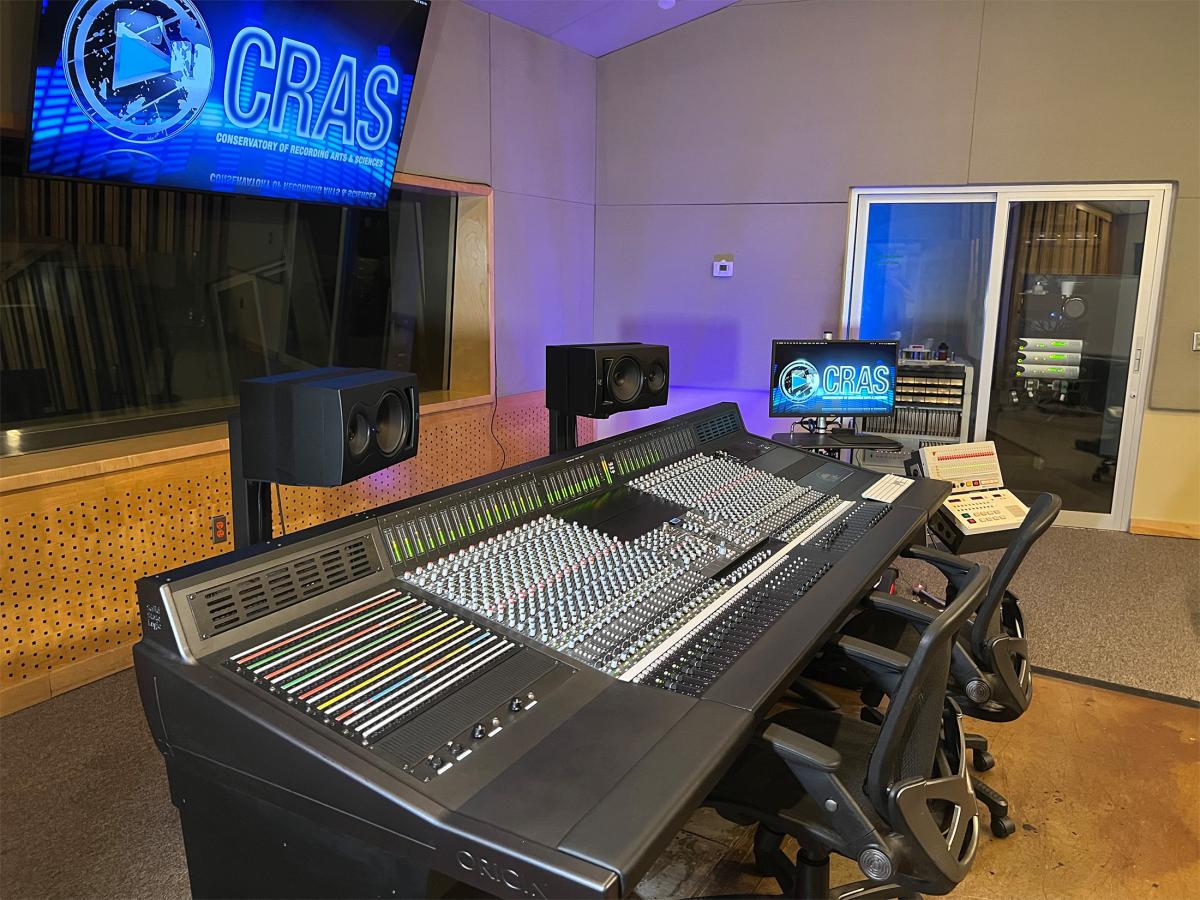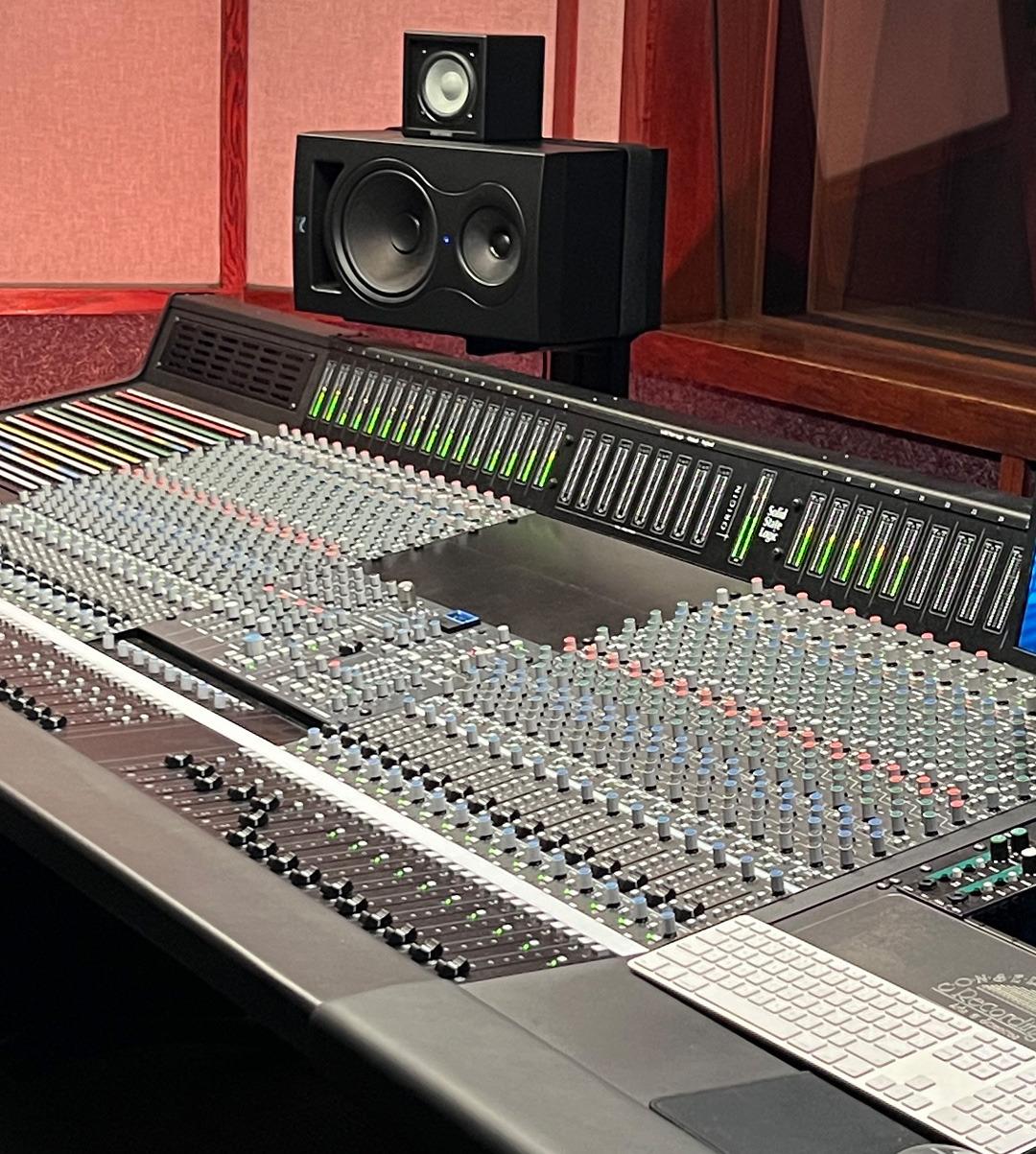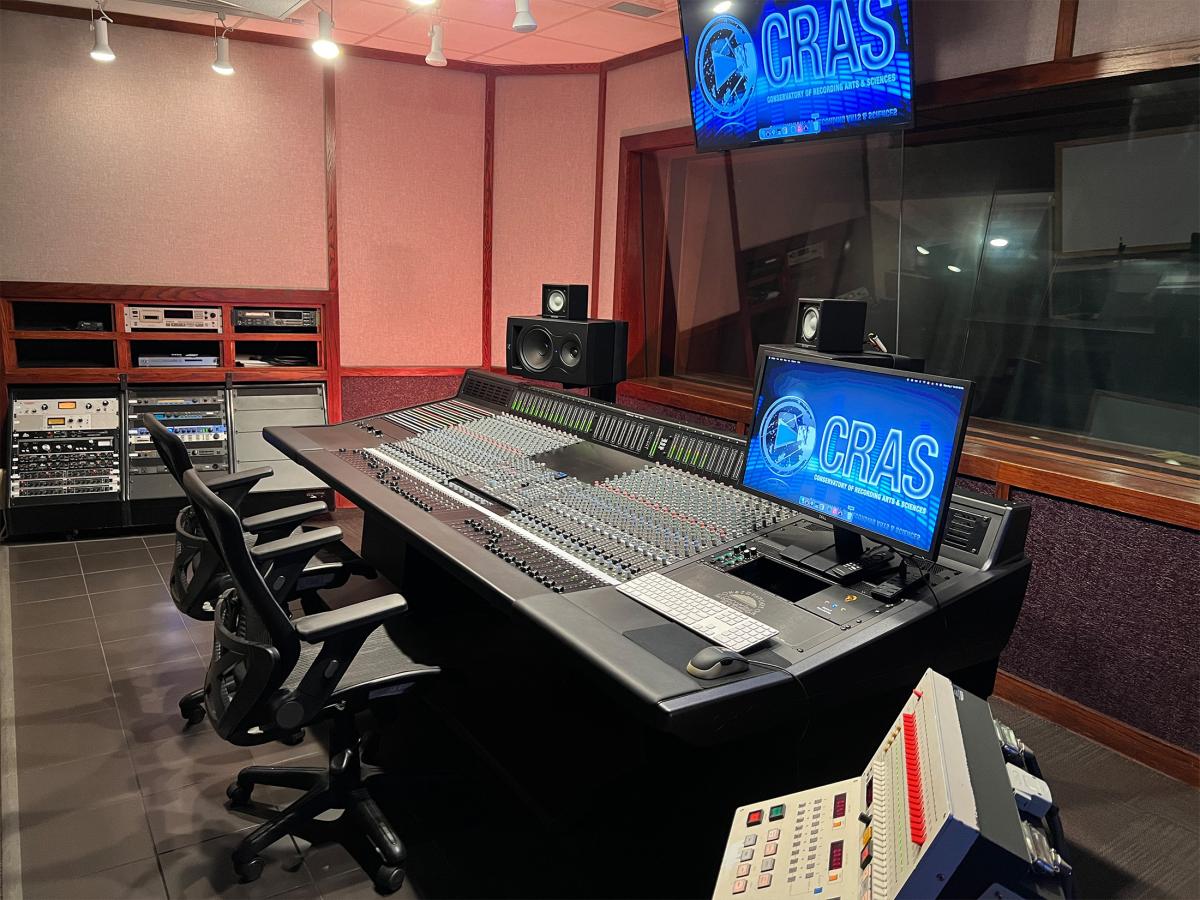At a quarter-century old, the previous consoles were also no longer representative of modern mixing desk design. “What's nice about ORIGIN is that it is a modern desk,” he continues. “It's a console that SSL obviously decided there was a market for because people are still using that more traditional workflow in tandem with modern DAWs. It allows us to teach and give students the opportunity to see a hybrid DAW/analogue workflow, which is what we were doing before in the rooms. So that's another thing that we liked about the ORIGIN.”
The traditional in-line analogue signal path of the previously installed consoles served an educational purpose. “It’s where students learned the small fader/large fader concept, routing, how to subgroup, how to build headphone cues — all these basic principles of mixing,” Brock says. He observes that ORIGIN’s fader, switch and knob layout perfectly demonstrates those same core concepts, just with slightly different, and easier to understand, terminology. For example, the legend on the ORIGIN input channel faceplate names the small fader (SF) and the large fader (LF), rather than referring to a fader or monitor channel or a track or mix pan, as the previous consoles did. “If we call something what it physically is by name, how you choose to use it is based upon how you set things up,” he says, “and that makes things simpler.”
CRAS has had sidecars fitted at each end of both ORIGINs that perfectly match the ORIGIN’s profile and offers integrated 19-inch rack space. “It was a total custom build. We had a guy come in and 3D-scan the side of the console. We teach the use of patchbays, so there is a patchbay in there, and we're loading up some additional equipment into the sidecars, including 500 series modules,” Brock reports. “I also dig the flexibility of ORIGIN’s center section, where you can add equipment. We have plans to also load that up.”



